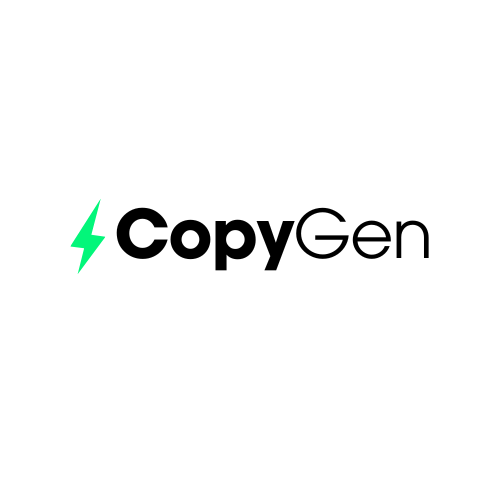David Ogilvy's Timeless Lessons
Dads often share some pretty solid advice:
“Don’t drive with the music too loud.”
“Eat your greens.”
“Work smarter, not harder.”
Now, imagine learning from the “Father of Advertising” himself, David Ogilvy. If there’s one thing we know about wisdom passed down from the “oldies,” it’s that their advice is rooted in experience. And Ogilvy? He built a multi-billion-dollar advertising empire—proof that his principles work.
So, let’s dive into some of his timeless advice that can transform the way you think about marketing, creativity, and communication.
1. Believe in the Product
Ogilvy famously said, “Good copy can’t be written with tongue in cheek, written just for a living. You’ve got to believe in the product.”
It sounds simple, right? But if you’ve ever struggled to write about something you’re not excited about, you know how tricky this can be. Lack of conviction is obvious—it’s like giving a half-hearted compliment.
The solution? Even if the product doesn’t excite you, focus on how much it matters to your audience. To do this, you need to know your audience.
When you understand their needs, values, and aspirations, you can align your enthusiasm with theirs. Think of it as hosting a dinner party: knowing your guests’ tastes will lead to a great experience, while guessing might leave your vegetarian friends hungry.
How to Know Your Audience:
Demographic Analysis: Who are they? Look at age, location, gender, income, education, and occupation.
Psychographic Analysis: Why do they care? Understand their values, lifestyles, hobbies, and beliefs.
Tools to Use:
Web Analytics: Check your site data to uncover patterns.
Social Listening: Explore what your audience is talking about online.
Direct Communication: Use surveys, focus groups, or customer feedback to learn directly from them.
2. The Headline is 80% of the Battle
Ogilvy said, “On average, five times as many people read the headline as read the body copy. When you have written your headline, you have spent eighty cents out of your dollar.”
A strong headline grabs attention and compels the reader to dive deeper. One of Ogilvy’s most famous headlines reads:
“At 60 miles an hour the loudest noise in this new Rolls-Royce comes from the electric clock.”
What makes it effective? It’s specific, clear, and intriguing without being sensationalist.
How to Write Better Headlines:
Be Clear: Avoid cleverness that sacrifices clarity.
Use Numbers: Our brains are drawn to numbers, particularly odd ones. They make content easier to digest and remember.
Be Specific: Highlight a unique feature or benefit.
3. Nurture Your Copy
Ogilvy saw every campaign as his “baby,” saying, “Like a midwife, I make my living bringing new babies into the world.”
Many brands make the mistake of treating copy as an afterthought, assuming visuals will do all the work. But effective copy takes time, care, and fine-tuning. Ogilvy would often spend weeks perfecting a single headline, knowing that nurturing the process would yield results.
The lesson? Give your copy the attention it deserves. Every word counts.
4. Respect Your Audience
Ogilvy said, “A consumer is not a moron. She’s your wife. Don’t insult her intelligence, and don’t shock her.”
While the phrasing is dated, the sentiment remains true: never talk down to your audience. Instead, address their pain points with empathy and respect.
Understanding Pain Points:
Pain points generally fall into these categories:
Financial: Too expensive? Offer value.
Productivity: Time-consuming? Offer efficiency.
Process: Complicated? Simplify it.
Support: Lack of help? Be the solution.
For example, Nike’s ad campaigns often address productivity and support pain points. “Just Do It” motivates and simplifies fitness by addressing the emotional barriers we all face.
5. Surround Yourself with Talent
Ogilvy believed in hiring people who were smarter than him, saying, “Hire people who are better than you are, then leave them to get on with it.”
The best leaders recognize that collaboration drives success. Bringing in experts doesn’t diminish your abilities; it strengthens your team and leads to remarkable results.
David Ogilvy’s lessons are as relevant today as they were when he first penned them. From believing in your product to respecting your audience and nurturing your work, these principles remind us that great marketing starts with authenticity and care.
And one last gem from the master: “Never use jargon words like reconceptualize or attitudinally. They are hallmarks of a pretentious ass.”
Now, go forth and write like Ogilvy!
